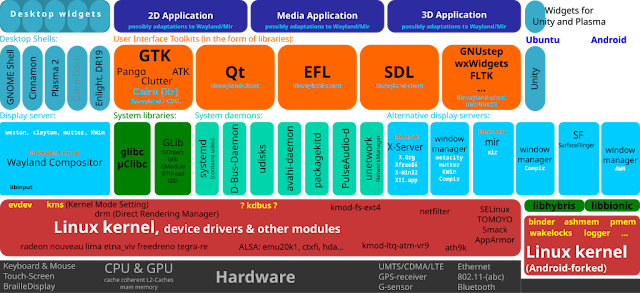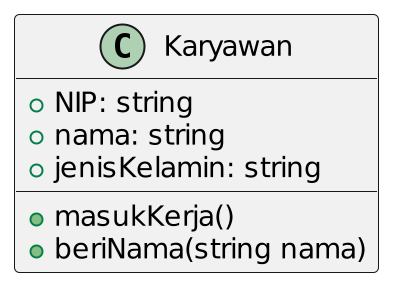The Differences Between Linux and Windows : Distributions and File Hierarchy
Linux Has Several Differences That New Users Should Understand Before Migrating, Including:
1. Linux Has Many Variations (Distributions)
Windows comes in a few versions, with the latest being Windows 11. Before that, we had Windows 10, Windows 8, Windows 7, Windows XP, Windows 98, etc. In contrast to Windows, Linux has more variations due to its distribution model.
It’s important to know that Linux is actually a kernel. In short, the kernel is the core component of an operating system that functions as a controller, allowing applications and hardware to work together. Hardware drivers are one of the components included in the system’s kernel. The Linux kernel is developed as open-source by the community at https://kernel.org/ under the supervision of Linus Torvalds. At the time of writing, the latest version is Linux kernel 6.14. The development of the Linux kernel is fully supported by a nonprofit organization called The Linux Foundation.
 |
| Operating system architecture - https://en.wikipedia.org/wiki/Kernel_(operating_system) |
The Linux kernel is combined with various libraries and tools (including tools from the GNU Project) to form a complete Linux distribution.
 |
| Components of a Linux distribution - https://commons.wikimedia.org/w/index.php?curid=27799196 |
This is where Linux differs from Windows: the distributions. There are many types of Linux distributions developed by communities, companies, and even individuals with sufficient skills who can assemble their own Linux distribution. Below are some of the most popular Linux distributions:
Ubuntu
Debian
Fedora
Linux Mint
Arch Linux
-1.jpg) |
| Some examples of Linux distributions |
A full list of Linux distributions can be found on the Distrowatch website. Each Linux distribution differs in various ways — such as package management, default applications, or the default desktop environment. Meanwhile, Windows only has one official distribution, developed by Microsoft. There are modified versions like Tiny10 and Tiny11, but these are not considered official distributions.
2. Directory Structure Differences
In Windows, storage is usually divided into several drives such as C:, D:, E:, etc. Some systems only use a single drive, typically C:.
 |
| Windows drives |
Under each drive (e.g., C:), you’ll find folders. For instance, if there is a folder named WINDOWS, the full path would be C:\WINDOWS.
 |
| folder in Windows |
Linux, however, works very differently. There are no C:, D:, or E: drives. Linux uses a hierarchical directory structure similar to a tree. At the very top is the / (root) directory, and underneath it are many other directories.
 |
| Linux directory hierarchy - http://www.serverkaka.com/2018/01/key-locations-in-linux-file-system_21.html |
Each folder contains files with specific purposes. In general, the directory structure can be summarized as follows:
 |
| Explanation of Linux directories- https://blog.fourninecloud.com/linux-file-system-hierarchy-explained-1d80b2cee03c |


Comments
Post a Comment